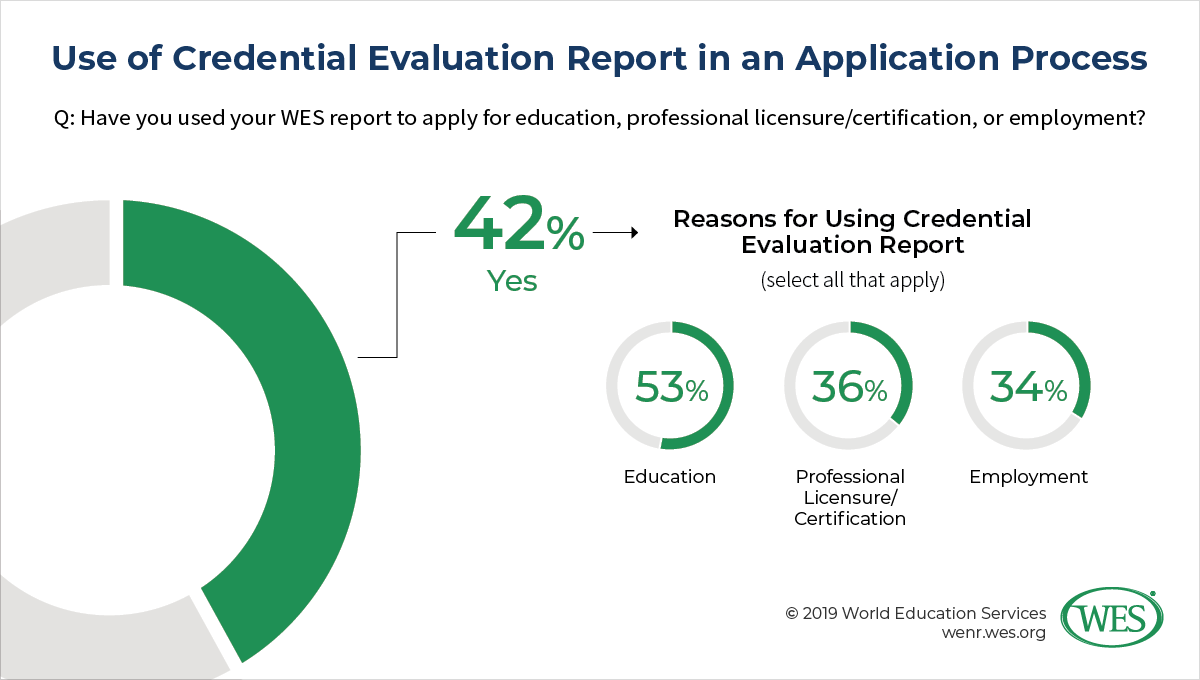Anne Greenwood, Marketing and Communications Manager, WES Global Talent Bridge Canada
In November 2015, Canada carried out a national coordinated effort to resettle Syrian refugees. While their arrival and early welcome were well documented, there has been little follow-up coverage about how successful they’ve been at integrating into Canadian society. Recent responses to a survey conducted by World Education Services (WES) offer a window into the outcomes of Syrian refugees through the lens of nearly 340 Syrians who had been part of the WES Gateway Program pilot.
The Canadian Response to a Global Crisis
UNHCR estimated that in 2016 there were more than 65 million people forcibly displaced around the globe. Much of the recent increase in this number was due to five years of conflict in Syria—with more than half of Syria’s population displaced [2] internally or fleeing to neighbouring countries to find safety.
In late 2015, Canada was in the throes of a federal election. Party leaders were campaigning on their response to the displacement of millions of Syrians: How many individuals and families could Canada resettle (quickly)? Concurrent with these proposed government commitments, thousands of private citizens resolved to help Syrian refugees find safety in Canada through the private sponsorship program [3].
From November 2015 to February 2016, Canada welcomed more than 25,000 Syrian refugees.1 [4] In 2016, that number rose to nearly 47,000 [5].
Resettlement Challenges
Refugees today tend to be highly educated, skilled [6], and eager to contribute to their new host communities. Yet, as a result of displacement, it can be nearly impossible for refugees to provide educational or professional documentation or obtain work permits. (Interestingly, documentation requirements are often even stricter in neighbouring countries—which typically have larger demands on their services and resources.)
Highly educated Syrians were encountering stiff barriers as they attempted to return to their former professions, or to complete or continue their education. Because their schools had been closed or destroyed or were unresponsive, the refugees no longer had access to authenticated evidence of their academic credentials.
In response to these challenges, WES launched a pilot project in 2016 that later became the WES Gateway Program [7].
“I faced many difficulties while attempting to move forward in my career in Canada. My university transcripts and my documents were not in sealed envelopes. Because they were unsealed, none of my documents were considered official.”
Talar Chitjian, Syrian refugee now studying at Osgoode Hall Law School
According to 2016 Census data [8], about half of the Syrian refugees in Canada in 2016 had at least some education (university, college, high school, or an apprenticeship/trades certificate). Through the pilot, WES assessed the credentials of 337 Syrian refugees, more than three-quarters of whom hold a bachelor’s degree or higher.
In February 2018, WES published a paper that describes the early outcomes of participants in the refugee pilot project [9]. However, the findings were limited:
- Of the 337 individuals who received a credential evaluation during the pilot phase, only 50 initially responded to surveys reporting on the utility and outcomes of their credential evaluation reports.
- Success depended on post-secondary admissions cycles or reviews from occupational licensing bodies.
- Outcomes from the survey reflected a very early stage of resettlement.
And so, a year following the close of the refugee pilot project, WES followed up with applicants once again to get a better sense of how they were using their credential evaluations, and what success they were seeing as they adjusted to their new lives in Canada. This time 127 applicants responded. They shared their experience pursuing education, licensure, or employment in Canada.
Outcomes
Nearly half (42 percent) of respondents reported using their evaluations. Most were used for education (53 percent), including to fulfill the education requirement for professional licensure or certification (36 percent); a smaller group (34 percent) used their report to apply for jobs. The remaining respondents said they “had not” or “had not yet” used their assessment. Nearly two-thirds of those who had also participated in the initial evaluation (and so had their reports longer) used their report.
Education
Seventy-one percent of those who used their credential evaluation report for education received at least one offer of admission; half accepted the offer.
Colleges in Ontario (where most refugees resided at the time) received the highest number of applications through the pilot. Refugees re-skilled, upskilled, and pursued higher education now that college was accessible. Lower tuition, practical education, and a shorter turnaround to employment made community or two-year college a more attractive option than university for many.
Institutions like Humber College, Fanshawe [11] College, and Centennial College developed accessible pathways to admission in order to equip refugees with the education and skills they would need to prosper long-term in Canada.
Professional Licensure or Certification
Eighty-four percent of those who used their report for professional licensure or certification passed the education requirements. While just one part of a lengthy process, passing the education requirements can open a path to further assessment, work placements, and perhaps eventual licensure.
Employment
“The best and most powerful healing for a person can be as simple as getting a meaningful job. A lot of things fall into place when a person is working.”
Kate Kennedy, Access Centre for Regulated Employment
The third most common use of the credential assessment was to secure employment: 61 percent of those who used the report for this purpose received at least one offer of employment.
Statistics Canada [12] reveals that time spent in Canada has a significant impact on labour market participation: Those who had arrived earlier had much better employment rates at time of census than those who landed more recently.
Conclusions
By way of a credential evaluation, WES has enabled hundreds of Syrian refugees to pursue their goals: to go to school, become professionally licensed, and return to the occupations they knew before they settled in Canada. The survey respondents provide a sample of some of the outcomes Canadians are seeing across the country as waves of refugees settle and build their lives anew.
Seen as a haven for those facing violence, persecution, and other forms of hate and harm in the world, Canada continues to welcome refugees, displaced individuals, and those seeking asylum. In 2018, Canada resettled the greatest number of refugees of any country, according to government statistics gathered by UNHCR.2 [13]
Integration is critical not only to the future of Syrian refugees but also to the economic future of Canada. The country is facing critical labour shortages as a result of its aging population and low birthrates [14]. Integration is a true investment in the country’s future: Refugees tend to be younger, and in time pay more in taxes than they ever receive in government assistance [15]. They also become active members of communities across Canada: Refugees become citizens at a higher rate than that of other immigrant groups [15].
The refugee pilot project has launched as the WES Gateway Program [7], which serves displaced individuals in Canada who were educated in seven countries (Afghanistan, Eritrea, Iraq, Syria, Turkey, Ukraine, Venezuela) and cannot access their official academic documentation.
For more information, download the full report on the outcomes of Syrian refugees who participated in the pilot: Accessing Education, Employment, and Licensure—A Way Forward for Refugees [9].
1. [16] Immigration, Refugees and Citizenship Canada, #WelcomeRefugees: Key figures [17]
2. [18] UNHCR, Global Trends: Forced Displacement in 2018 [19]


